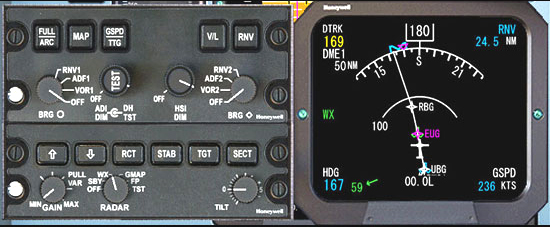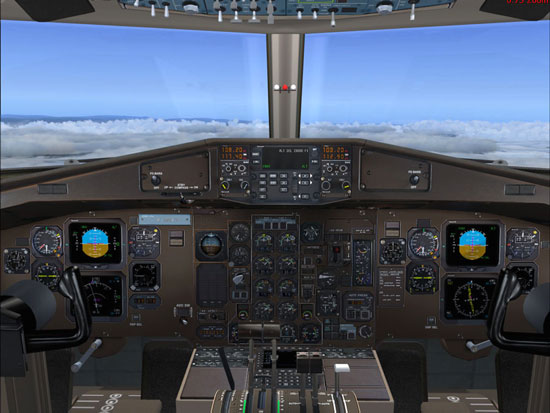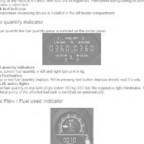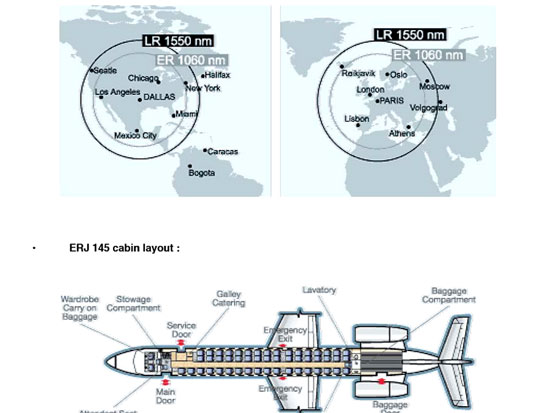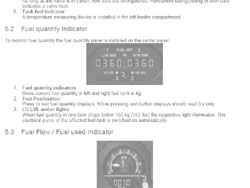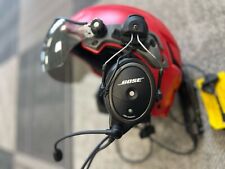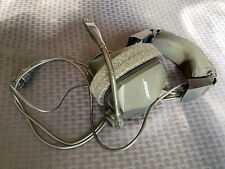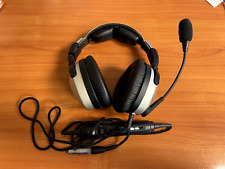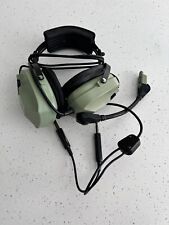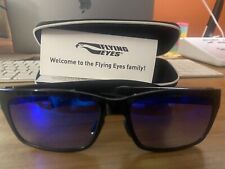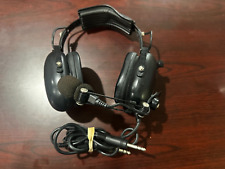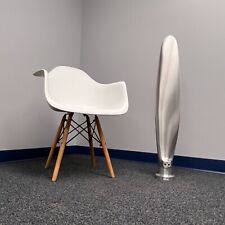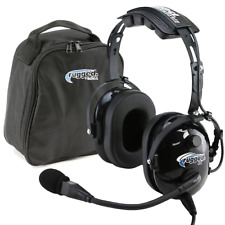During the climb FS2Crew will occasionally kick in to remind you of 10,000 foot checks, transition level checks, and altitude level-off warnings. Your FO will also be aware of your cruising altitude (as defined by the FMC) and will select the proper power management setting once you have arrived there and give him permission to do so. All the while the FMC gives you a good “big picture” view of the flight as it updates the leg times and estimated time of arrival in San Francisco.
 |
 |
Pop-up panels give you access to the EFIS controller allowing you to configure your Electronic Horizontal Situation Indicator (EHSI) to your liking. You can overlay bearing pointers for the different navaids, set your Decision Height (DH), select FMC or traditional navigation, full HSI or ARC modes, map range, and other settings.
The enroute portion of the flight is nice because things slow down and you have time to wander around and explore without all of the “work” pressure related to being in the terminal area. Getting up out of the seat I use the F1View utility (similar to Active Camera) to wander around and check out the cabin. Again, you have to suspend your disbelief a bit since your 39 passengers aren’t actually there. The cabin is nicely rendered with just the right amount of detail. Looking out the windows we can see the low slung engines working hard out there. Coming back forward we get a view of the VC from the doorway to the flight deck.
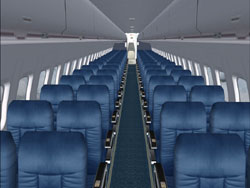 |
 |
Level at FL260 (my fault, we are 1000’ over the certified service ceiling of FL250!) we pick up speed and the FO sets the cruise power. Paging through the FMC pages I start to contemplate our arrival in SFO as I look over the arrival altitudes that are programmed into the FMC.
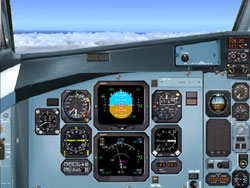 |
 |

